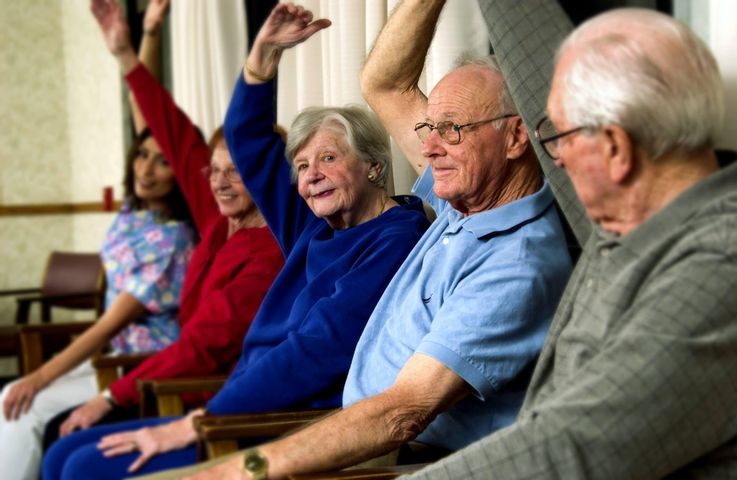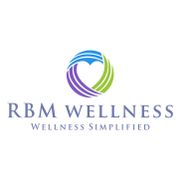
She was new to one of the assisted living facilities where I worked. A very classy woman; putting up a brave front while watching her life change forever. As she engaged with the other residents, politely accepting their invitations, the smallest of hints would break through her brave façade. “I’m not completely sure I need to be here.” The smallest of tell-tale signs providing an admission that something wasn’t completely right, but…
How often do we see this? A new resident who is fearful of losing something immeasurably important, their independence. Why is this loss something we all fear? Is it because we tie our independence to being autonomous, with a fully developed sense of self-worth, self-knowledge, and self-respect? Do we fear becoming part of the “herd”, losing our individualism in a sea of competing voices – or worse, being forgotten?
Perhaps, it’s a fear of the unknown, wondering if this is the first step in an inexorable decline, leading to death – the first step to the end. The end of independence, of life satisfaction, joy, and purpose.
These are just some of the fears new residents have as they transition from their home to a new home in assisted living. Certain markers have determined the isolation of living alone is no longer a safe option. This particular woman’s response, “I’m not completely sure I need to be here” hints at the idea she does understand the need but hasn’t accepted the outcome. However, the facility she went to has an amazing staff and loving residents who helped her reframe the transition in ways we could all benefit from emulating. Here are some ways this, and other facilities use to ease residents into their new lifestyle.
Reframing the questions residents ask can be a helpful method of changing context, as usually the answer is baked into the question. “Why do I have to live here?” can be transposed to a positive understanding of the benefits and safeguards that aren’t available at home. Highlighting the benefits also subtly reminds the resident of problems experienced while living at home without blatantly pointing them out.
Challenging the industry (and perhaps the resident’s) assumptions may be a difficult process of reframing, as beliefs are usually deeply ingrained. A good way to challenge perceived limitations is to turn assumptions upside down. Unpacking assumptions by making positive statements may sound like “geography (physical address) does not determine freedom” or “we work for you (cooking and cleaning) so you have more time, as well as resources (activities) to live life as you choose”. A few statements, reframed, can completely change the context for the resident.
Referring back to the classy woman I spoke of – a few months later, she was like a different person. She stopped me in the hall and said, “I didn’t realize how far down I had gone until I came here. Now, I can see.” She spoke highly of the facility, the services she received and how everything had helped her. She also referenced our exercise class, saying, “I feel like you are rebuilding me (physically)!” What a testimony!
Years later, because of that conversation, I would name our wellness program “Rebuild Me” – in her honor.
About the Business
Have a question? Ask the experts!
Send your question

